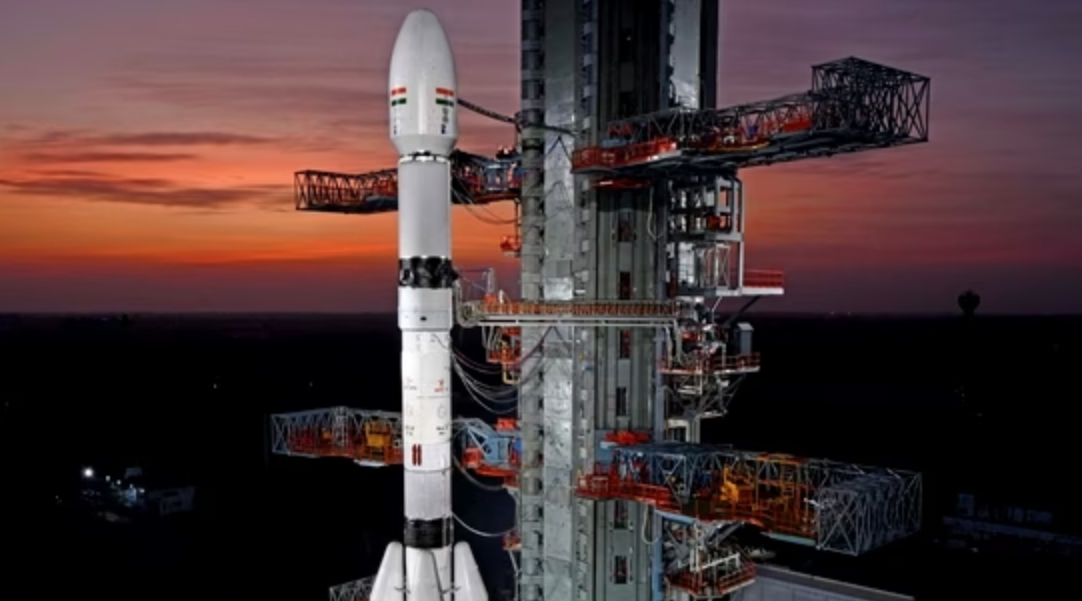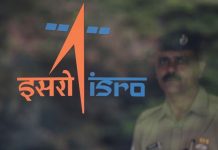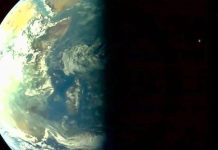In microgravity conditions it was possible to create quantum gas
On board the ISS there is a combined laboratory designed to create the coldest substances in the Universe. This is the Cold Atom Laboratory, which gives scientists the opportunity to study the quantum properties of atoms in zero-gravity conditions. On November 15, scientists announced the achievement of an important result.
Controlled remotely by a team at NASA’s Jet Propulsion Laboratory, the Cold Atom Laboratory created a quantum gas containing two kinds of atoms. This result opens up new possibilities for conducting space experiments in the field of quantum chemistry.

Matter can exist in five known states: gaseous, liquid, solid, plasma and Bose-Einstein condensate – an exotic fifth state of matter discovered in the 1990s.
Bose-Einstein condensates do not occur in nature, but scientists can create them. This is done in ultra-cold laboratories, similar to the Cold Atom Laboratory, where lasers or magnets are used to cool a cloud of atoms to near absolute zero, which is −459.67°F (−273.15°C). In the Bose-Einstein condensate state, atoms slow down, allowing scientists to observe rare quantum effects.
On Earth, gravity causes the Bose-Einstein condensate to collapse when the magnets or lasers needed to create it are turned off. However, this does not happen in microgravity conditions in space. In 2018, scientists were already able to create a Bose-Einstein condensate at the Cold Atom Laboratory after installation on the ISS. They have been researching this phenomenon in recent years.
An exotic fifth state of matter with two types of atoms was created in a quantum chemistry experiment on the ISS
Now researchers have been able to show that they can create such a quantum gas with not only one, but two types of atoms. To do this, they used pairs of potassium-rubidium atoms. Representatives from NASA’s Jet Propulsion Laboratory said that further work with this type of quantum gas could be useful for the development of space quantum technologies already used on Earth.
“It becomes possible to create extremely sensitive sensors and use cold atoms in the Bose-Einstein condensate to create gyroscopes. Such gyroscopes can serve as a fulcrum for space navigation in deep space. Also being considered are ideas leading to more accurate space clocks, which have important implications for areas such as high-speed Internet and GPS,” said Nicholas Bigelow, a professor of physics and optics at the University of Rochester, one of the co-authors of the discovery.
The researchers hope that future experiments at the Cold Atom Laboratory will help test the equivalence principle, which is fundamental to Albert Einstein’s theory of general relativity. According to this principle, gravity should affect all objects equally, regardless of their mass.
Scientists have difficulty reconciling this principle with the laws of quantum mechanics, which describe the behavior of the smallest objects in the Universe. They hope that quantum experiments in space will make it possible to more accurately test this principle.




